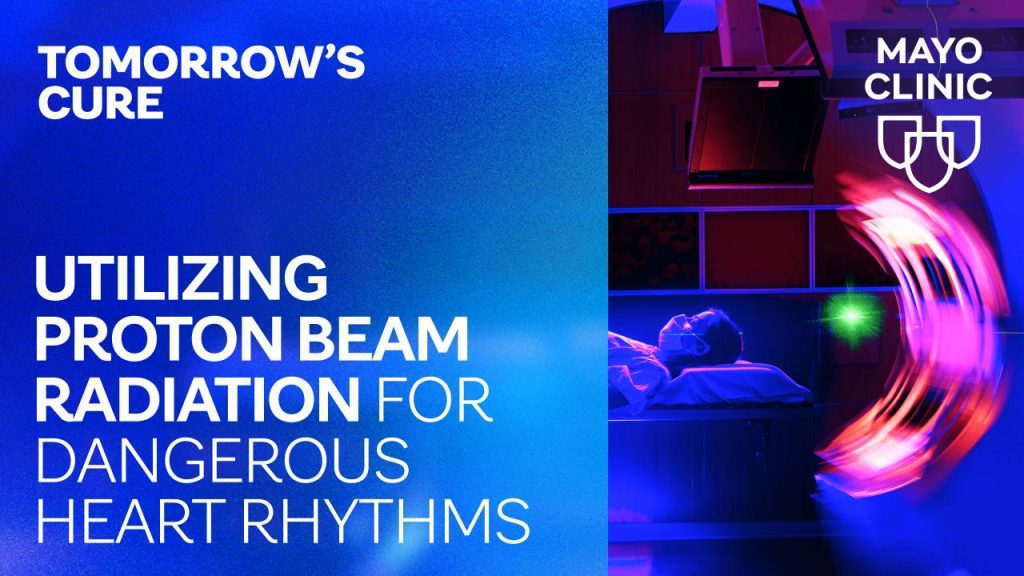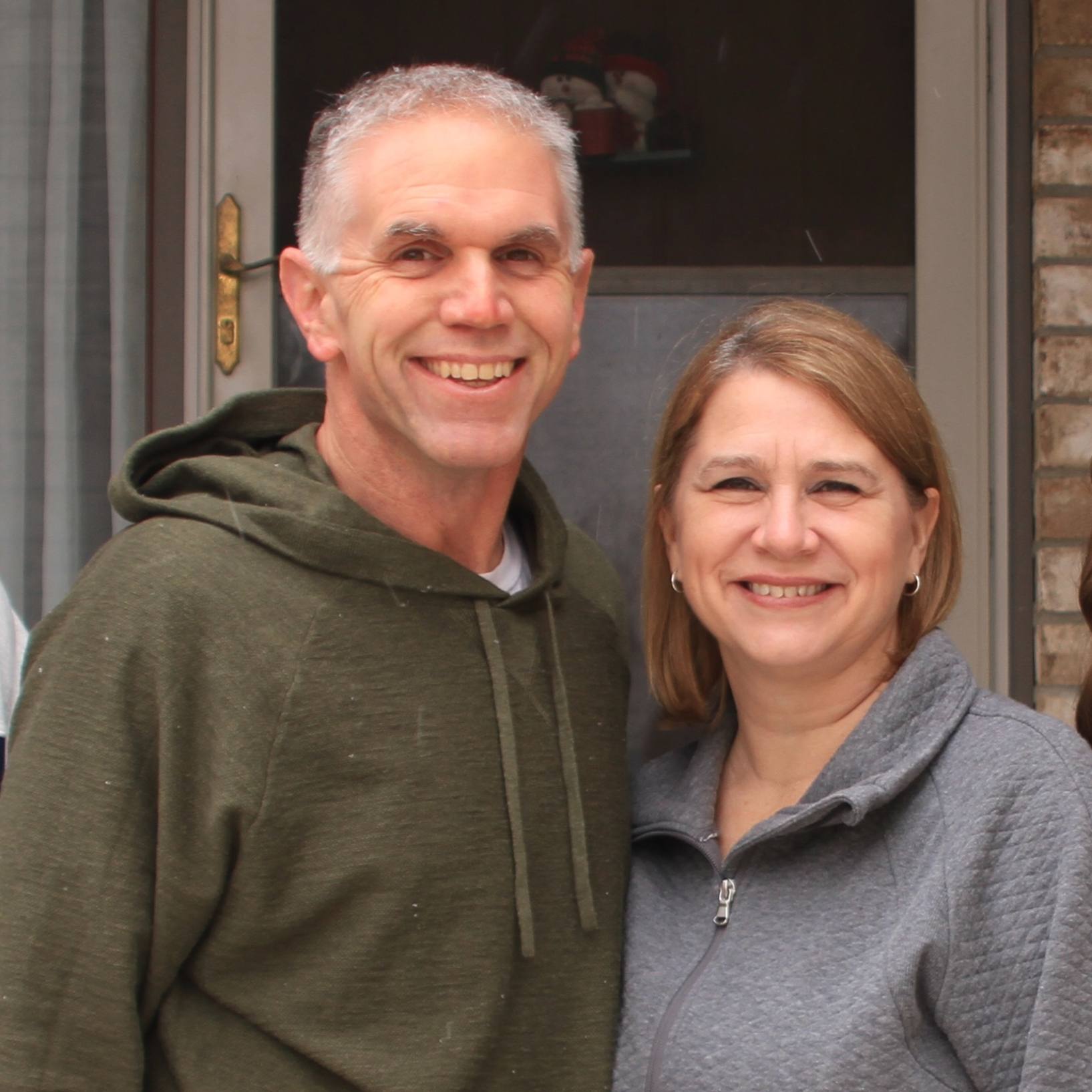-
Cardiovascular
Tomorrow’s Cure: Utilizing proton beam radiation for dangerous heart rhythms

Proton beam therapy, traditionally used to treat cancer, is now bringing new hope to patients with life-threatening heart rhythm disorders. A clinical trial is harnessing this precise radiation treatment to target the specific area of the heart causing the irregular rhythm, providing a less invasive, potentially transformative solution. Tune in to the latest episode of Tomorrow's Cure to explore this innovative approach and its promise for revolutionizing heart rhythm treatment.
The podcast episode features Dr. Konstantinos Siontis, cardiac electrophysiologist and associate professor of medicine at Mayo Clinic in Rochester, Minnesota; Dr. Amanda Deisher, radiation oncology medical physicist, assistant professor of medical physics and researcher at Mayo Clinic's Comprehensive Cancer Center in Rochester; and Dr. William Stevenson, cardiac electrophysiologist, professor of medicine and director of the Cardiac Arrhythmia Clinical Research Program at Vanderbilt Heart and Vascular Institute. Together, they discuss a groundbreaking new approach to treating heart arrhythmias.
Proton beam therapy is a form of radiation treatment that uses a precise beam of protons to deliver targeted radiation. Now, a clinical trial is exploring the use of proton beam therapy to treat ventricular tachycardia (VT).
"Ventricular tachycardia is a type of fast heart rhythm that we see in people who have almost any type of heart disease. It can be an old heart attack, heart valve surgery or cardiomyopathy, which is a group of diseases that affect the heart muscle," says Dr. Stevenson. "What's common to many of these things is that they'll produce an area of scar in the heart. If you have an area of scar in your pumping chambers, it's almost like having a little electrical circuit in that scar. When the right thing comes along to trigger it off, it goes each time around the circuit as a heartbeat, and it can cause episodes of sudden rapid heart action, which are ventricular tachycardia."
Treatment of VT aims at restoring normal heart rhythm and can include medication, use of a defibrillator and catheter ablation. Unlike catheter ablation, proton beam therapy is completely noninvasive and can be delivered directly to the target in the heart.
"The idea of targeting any-size lesion in the middle of the patient without having to put the patient under anesthesia or any sort of access to veins or chest cavity, sounds like it's right up our alley," says Dr. Deisher.
The clinical trial using proton beam therapy to treat VT offers promise for patients who continue to battle the condition despite previous treatments.
Dr. Siontis discusses the results of the study thus far, "I certainly think that there were some patients who benefited from radiation with protons when everything else that we did for them, including multiple catheter ablation procedures and medications, had failed. I think adding noninvasive options generates a broad spectrum of options for patients who have the most difficult arrhythmias." To learn more about this innovative work, explore the new episode of Tomorrow's Cure. The podcast is available on all audio platforms, including Apple Podcasts, Spotify and Amazon Music. Episodes also feature a video component, which can be viewed on Mayo Clinic's YouTube channel.
Related Article:







